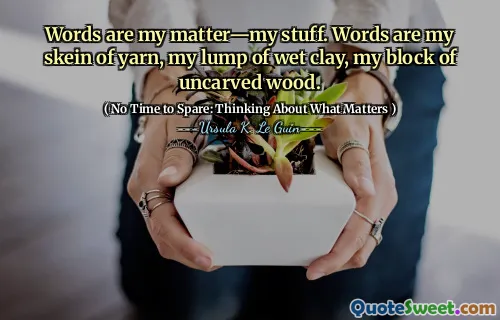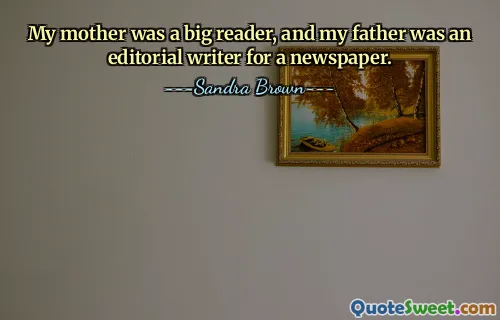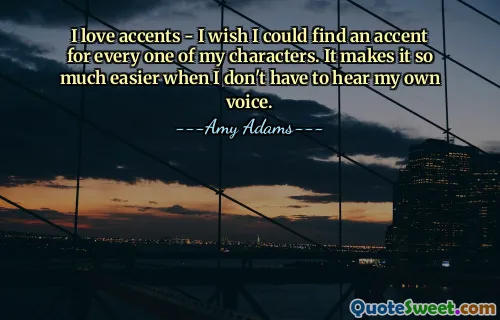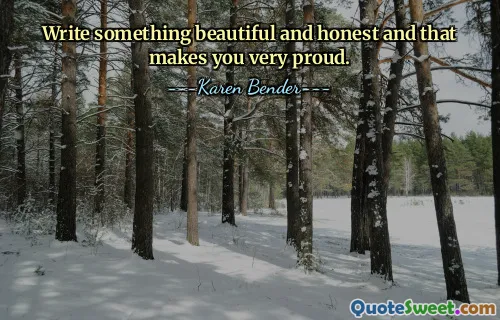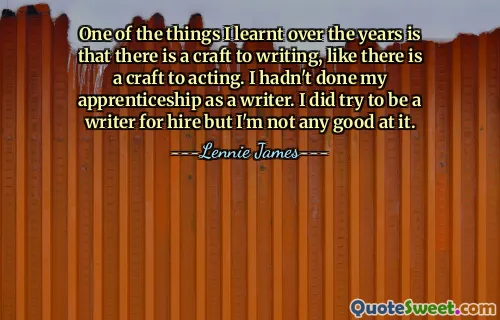
Words are my matter—my stuff. Words are my skein of yarn, my lump of wet clay, my block of uncarved wood.
Ursula K. Le Guin's metaphorical description of words as raw materials beautifully captures the essence of creativity and the fundamental role language plays in human expression. When she refers to words as her "stuff," she suggests that they are her primary resources—things she works with, molds, and shapes into meaning. Comparing words to a "skein of yarn" evokes an image of interconnected threads, emphasizing how language weaves together ideas, emotions, and stories to form an intricate fabric of understanding. The analogy of "wet clay" portrays words as malleable, ready to be shaped into anything—poetry, prose, or dialogue—allowing for endless transformation and possibility. Similarly, describing words as a "block of uncarved wood" highlights their potential, like raw material waiting to be sculpted into a meaningful form through careful craftsmanship. This set of metaphors reveals a deep respect for language as a dynamic, flexible tool—something that requires skill, patience, and an artist's touch. It also underscores the creative process, where words are not static but accessible for exploration, experimentation, and refinement. Le Guin’s perspective invites us to see language as an art form that reflects our innermost thoughts and dreams. It reminds us that words are not just vehicles for communication but the building blocks of our identity and imagination. Embracing this view encourages us to approach language intentionally and artistically, recognizing the power inherent in the words we choose, shape, and craft every day.
